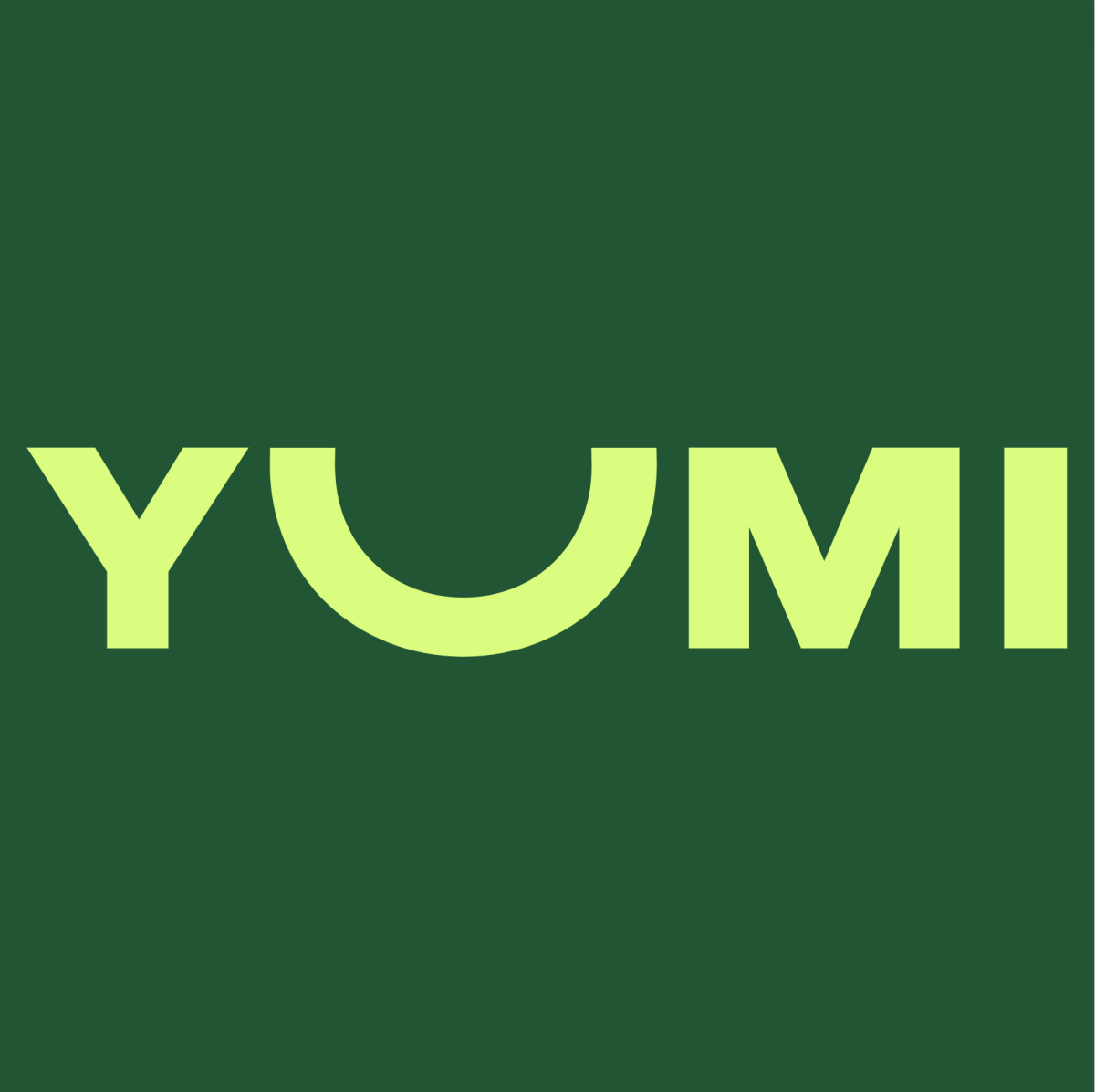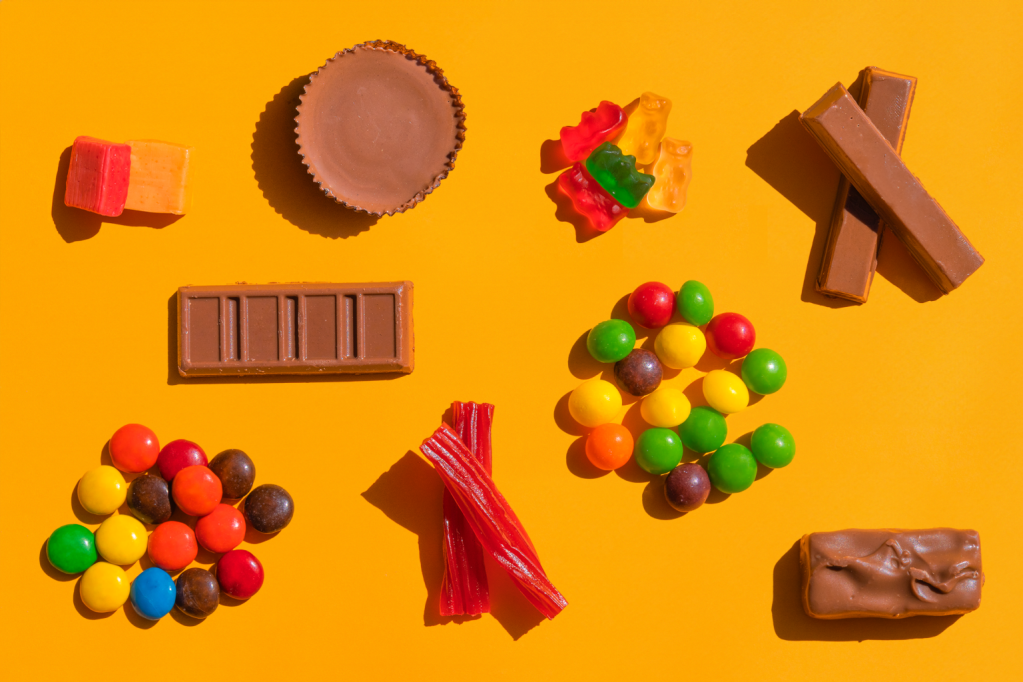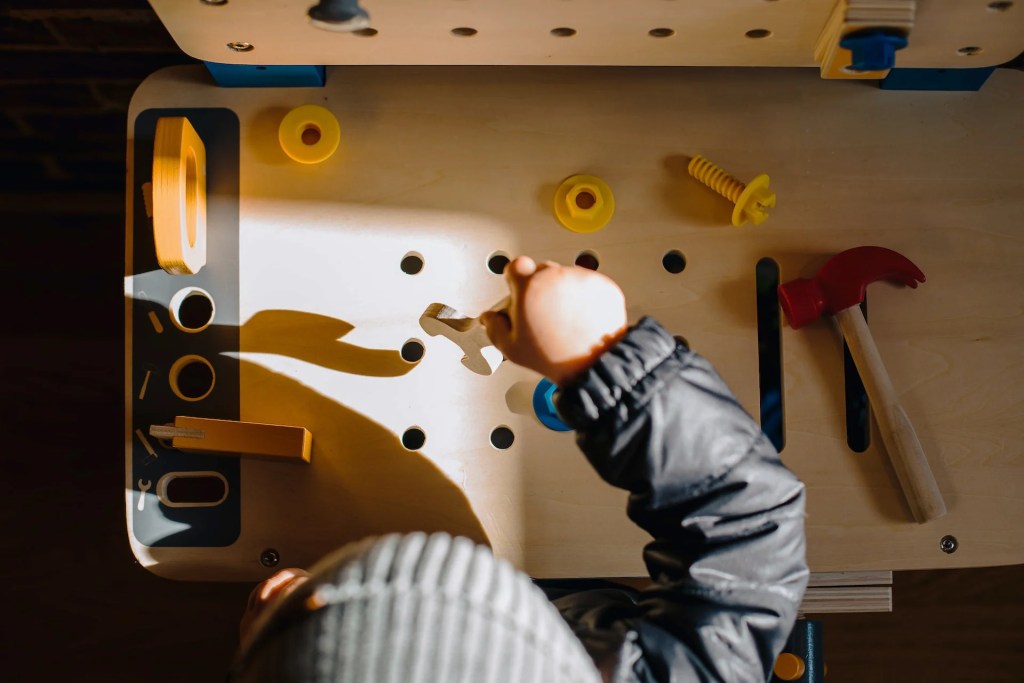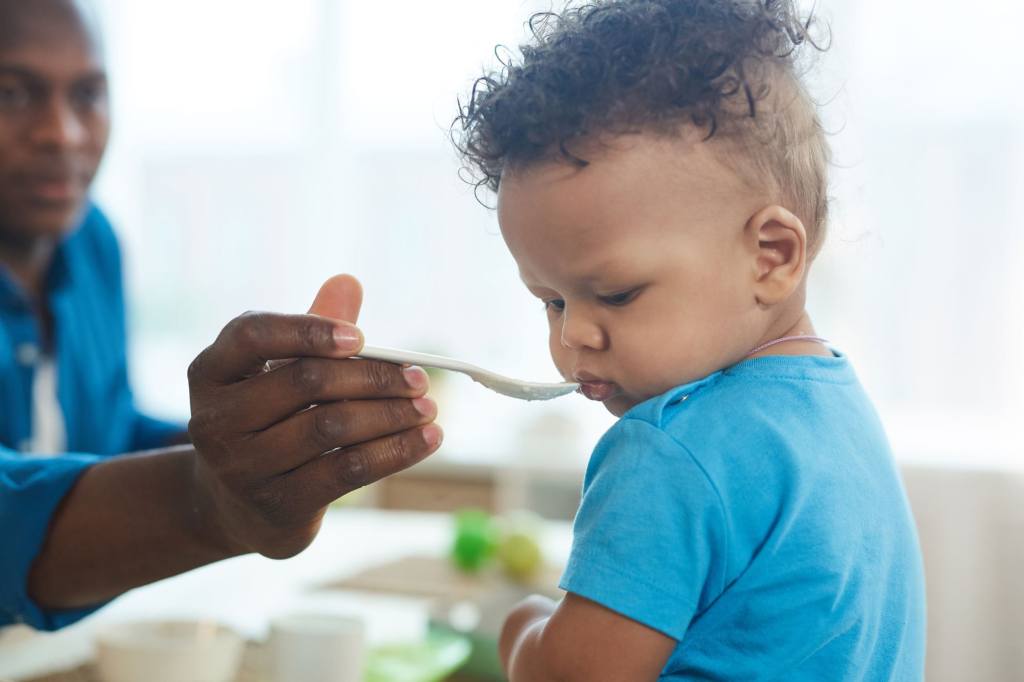Your cart is currently empty!
When you walk down the grocery store aisle or look at the ingredient list on the back, you may be wondering, is baby food healthy? Let’s find out.
What Additives are Bad for Baby Food?
You’d never think the chemicals used to make inflatable pool toys would be used to make and preserve baby foods—right? Or that the chemicals in plastic water bottles would be used to make plastic containers of baby foods? Unfortunately, chemicals like these and many more are present in baby foods and can be harmful to your little one.
Additives have been around for thousands of years, so this is no new rodeo. However, just recently has the FDA approved over 10,000 additives to be used in baby foods. During the most developmental days of your baby’s life, they need nutritious, fresh, organic foods. Still, many foods that claim to be good for your baby contain these harmful chemicals.
Let’s talk about which additives are harmful to your little one, which isn’t, and how you can take precautions to avoid them!

What Are Additives
Additives are any chemical or compound that baby food companies use to extend shelf life, preserve ingredients, alter the appearance, color, taste, and texture of baby food. While there are many additives used in baby foods today, not all are good for baby foods.
Here’s another way to think of food additives. A food additive is any substance that changes food from its original, organic state and alters it to a processed state. There are direct and indirect food additives, and some are more harmful than others.
Increasing evidence points to serious developmental, hormonal, and cognitive damage from consuming the additives in baby foods. This is a deal-breaker for our little ones that are using every ounce of their food to fuel growth and development.
Below are the most harmful additives in baby food and how they can affect your little one.

Bisphenols and BPA
BPA/BPS chemicals are a chemical commonly used in plastic and metal containers. They harden plastic to prevent it from breaking or changing shape from heat or pressure and prevents metal cans or jars from rusting over.
These chemicals are found in plastic containers with the number labels 3 and 7, soda can linings, canned food linings, and receipt paper. In 2012, the FDA banned these chemicals from being used in sippy cups and baby bottles, but they may still be found in older products and are still allowed in baby food plastics.
Harmful Effects
Your little one’s body is fragile, and BPA plastics can harm them in very serious ways. These chemicals may function like estrogen in the body, causing an imbalance in hormones. The increase in estrogen levels too early may influence puberty, fertility, and development. These additives can also lead to weight gain, negatively impact the immune system, and impair the nervous system.

Phthalates
Phthalates are commonly used in plastics as well, but for a different reason than bisphenols are used. Phthalates act as a flexibility enhancer in plastic tubing, containers, and lids. In other words, they’re responsible for plastic’s malleability.
If you look around your home, you may find objects with these chemicals you weren’t even aware of. For instance, your garden hose, plastic bags and packaging, inflatable toys, nail polish, lotion, perfumes, and hairspray may contain phthalates. Do you want the same ingredients as your nail polish to be in your baby’s food? We don’t either.
Harmful Effects
Some harmful effects of phthalates include interference with the development of male genitalia, a higher risk for weight gain and obesity, and problems with cardiovascular health. This chemical can also lead to hormonal imbalances and affect essential parts of development and health.

Perfluoroalkyl Chemicals
Say it with us, perfluoroalkyl chemicals. This one is a mouthful, and it’s not something you want to be in your baby’s food. This additive is used to make cardboard and paper packaging “grease-proof” and water repellent.
To get a better idea of what this additive does, let’s talk about where they’re used in other products. Perfluoroalkyl is a common chemical used to make cooking pans non-stick. They are grease-proof and stick-proof because of this chemical. They are also used in some water repellent fabrics such as windbreakers, rain jackets, and shower curtains. Are these things you want in your baby’s food packaging?
Harmful Effects
Some of the negative effects of perfluoroalkyl chemicals are issues in immune system function, weight loss and issues gaining healthy weight, and fertility issues down the road. In addition, this additive can interfere with the thyroid hormone, which is responsible for promoting and regulating metabolism, digestion, cognitive function, muscle control, and bone strength. Thyroid issues can last a lifetime and present many obstacles down the road.

Artificial Synthetic Food Colors
A common additive found in baby foods is artificial synthetic food colors or AFCs. These are mainly used to make baby foods look “prettier” and more colorful. However, processed foods quickly lose the nutrients and color found in the original, organic ingredients, so companies use AFCs to replace these colors. They are also used in many juices and beverages.
Harmful Effects
The most harmful effect of AFCs is that they replace nutritious ingredients. Your baby’s tummy can only hold so much, and because they are growing and developing at a rapid rate, they need every ounce of nutrients they can get. Unfortunately, by replacing these nutrients with artificial ingredients, companies swap out good calories for empty calories.
These have also been shown to negatively affect kids with behavioral problems or attention problems. They may increase symptoms and be harmful to your baby. Artificial colors are in all sorts of foods but are especially found in baby foods.

Perchlorate
Perchlorate is a word you may recognize from chemistry class. This chemical is an additive that reduces static electricity in dry food packaging. It can also be found in drinking water. Perchlorate may get into water or food from the atmosphere, fertilizer deposits, or ore in the U.S. It is not a great chemical for anyone, but especially for babies. It is often used in rocket propellants, fireworks, explosive materials, and flares. Still, want to take a bite?
Harmful Effects
Some harmful effects perchlorate may have on your little one includes interference with the thyroid hormone, which can impair metabolism, digestion, heart health, and more, as mentioned above. In addition, perchlorate may harm cognitive development, early growth, and learning abilities.

Nitrates and Nitrites
Nitrates and nitrites are additives that preserve and brighten colors in baby foods. Baby foods processed to last years on the shelf are packed with these chemicals, so they don’t lose their color. These can also be found in cheeses, processed meats like fish or chicken, and other processed snacks.
Harmful Effects
Here are some of the harmful effects of nitrates and nitrites. They may lead to issues with digestive function and even tumors in the digestive tract and nervous system. They’ve also been linked to thyroid hormone problems and have been found to interfere with oxygen circulation in the blood, a condition known as methemoglobinemia. Nitrates may also lead to certain types of cancers.

What Additives are Okay for Baby Food?
While there are many harmful additives found in baby food, there is only one additive recommended as “okay” for baby food.
Vitamin D
Vitamin D is the only additive recommended for baby foods. It serves to preserve jarred baby foods, and it’s nutritious for your little one instead of harmful. Some of the health benefits of Vitamin D include increased calcium absorption in the stomach, increased bone density and strength, and prevention of osteoporosis and rickets.

How to Protect Your Baby from Additives
With the abundance of food additives in baby food and the risks involved, you’re probably wondering how you can protect your little ones from additives and give them the best food available.
Here are some helpful tips:
– Look for organic and buy fresh.
– Look for BPA-free plastic. Our container decision for our Yumi baby food was a tough decision, but we chose a BPA/BPS-free plastic for your little one. Read more about how this protects your babe here!
– Check the Ingredients. Any additives in baby food are listed in the ingredients on the back with their chemical names. So, look for any long, hard-to-pronounce words you aren’t familiar with. For example, salt may be listed as sodium chloride, sugar may be called sucrose, and AFCs may be listed as Blue #2 or Yellow #5, etc.
– Make baby food from home. A great way to avoid harmful additives in baby foods is to make your own at home! We have tons of recipes from our kitchen for you to try at home! Buy fresh, organic ingredients and get cooking.
– Wash plastic containers and utensils by hand with cold water. Heat often brings out chemicals in plastics, so using cold water to wash them and avoiding the dishwasher can help! You should also avoid microwaving plastic containers and use ceramic or glass instead.
Summary
Food additives may add to the taste, texture, or appearance of baby foods, but they take away essential nutrients and do more harm than good in the long run. For this reason, we stay away from harmful chemical additives and only use organic, non-GMO ingredients to give your baby the nutrients they need and keep them safe!
Sources
- Overview of Food Ingredients, Additives & Colors | FDA
- Food Additives: What Parents Should Know | Healthy Children.org
- Perchlorate in Drinking Water Frequent Questions | EPA
- Common Food Additives and Chemicals Harmful | Harvard Health Blog
- Methemoglobinemia | Medline Plus
- Homemade or From the Jar: Which Baby Food Is Best? | Cleveland Clinic.
- Vitamin D – Health Professional Fact Sheet | NIH









